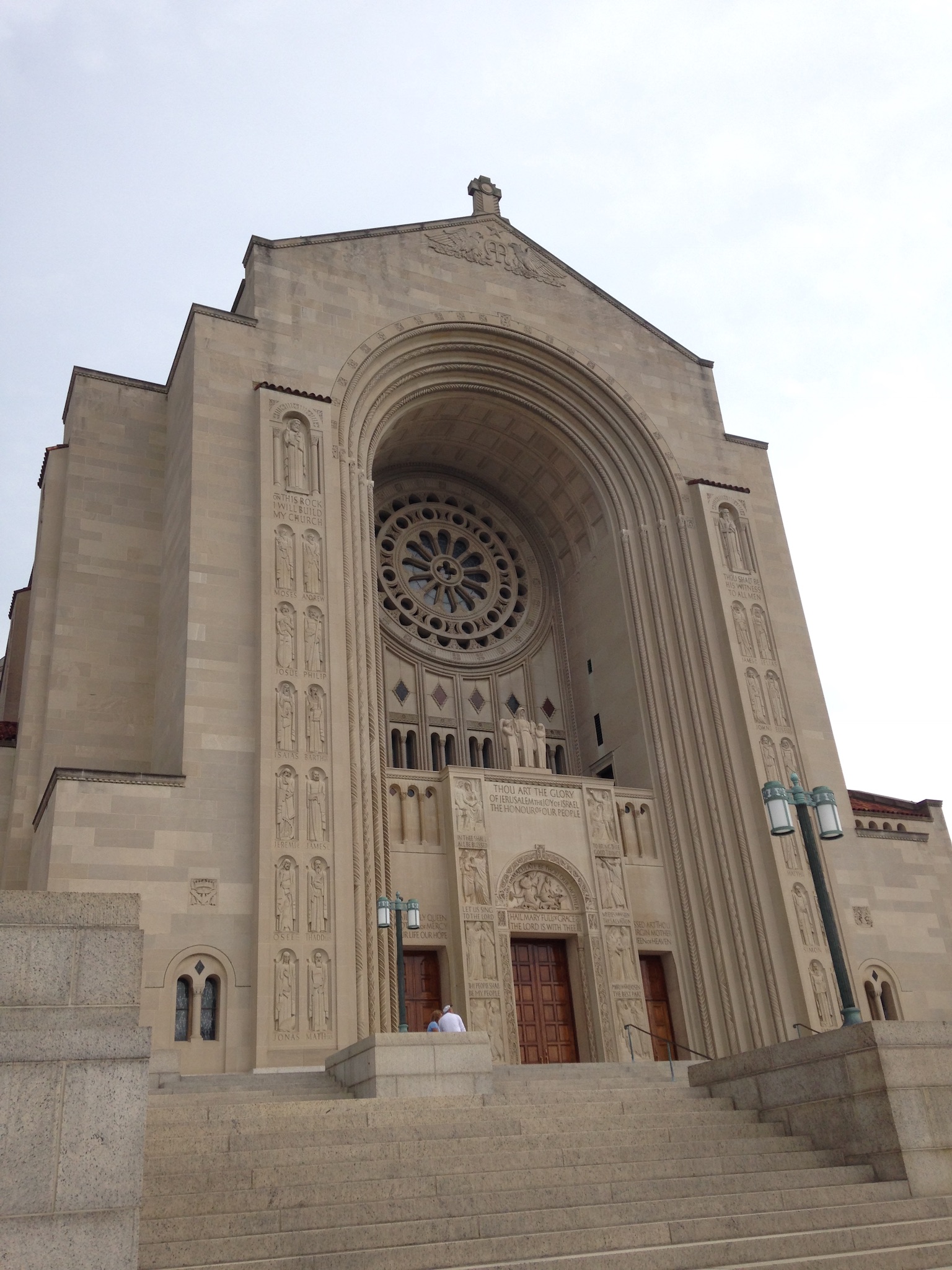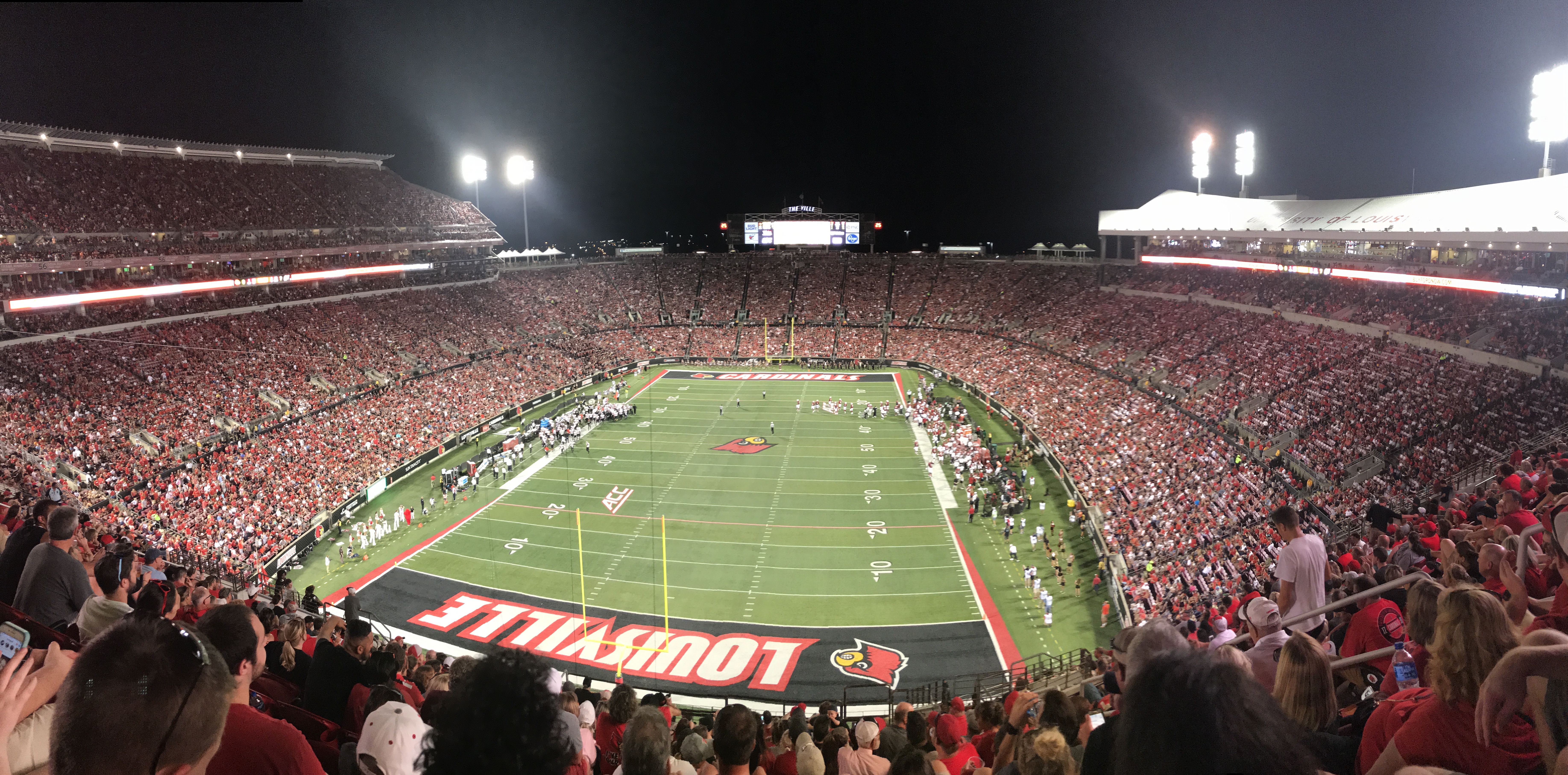|
List Of Catholic University Of America Buildings
The following is a list of buildings at the Catholic University of America. As with most college campuses, classes of many different fields are taught in most of the buildings; the list of buildings below is not meant to be exhaustive, but is the primary building for those courses. South Campus Buildings * Conaty Hall – Demolished March 2011 (property redeveloped as part oMonroe Street Market * Saint Bonaventure Hall – Demolished December 2007 (property redeveloped as part of Monroe Street Market) * Spalding Hall – Demolished March 2011 (property redeveloped as part of Monroe Street Market) * Spellman Hall – Demolished March 2011 (property redeveloped as part of Monroe Street Market) * Theological College (Catholic University of America), Theological College – University Seminary Central Campus Buildings * Caldwell Hall (The Catholic University of America), Caldwell Hall (originally known as Divinity Hall) – This was the original building of the university, built in ... [...More Info...] [...Related Items...] OR: [Wikipedia] [Google] [Baidu] |
Gibbons Hall
Gibbons Hall is a female dormitory for 138 upper-class students and one of 10 housing options for students at The Catholic University of America. Constructed in 1911 and named for the university's first chancellor, Cardinal James Gibbons, it was renovated in 2009. It is marked by a large central tower. References External links Official webpage University and college buildings completed in 1911 Residence halls of the Catholic University of America {{WashingtonDC-struct-stub ... [...More Info...] [...Related Items...] OR: [Wikipedia] [Google] [Baidu] |
Catholic University School Of Engineering
The Catholic University School of Engineering is one of the twelve schools at The Catholic University of America, located in Washington, D.C. (USA), and one of 41 higher education catholic institutions that offer Engineering Programs in the United States. It was reported to be the biggest Catholic graduate school of engineering in the nation. In 2020, it was ranked number 22 in the nation among colleges that offer a bachelor's degree in civil engineering based on median salary one year after graduating. History The School of Engineering at Catholic University was formally established in 1930, but the first engineering program at the university was started back in 1896. The school was soon renamed as the ''School of Engineering and Architecture'', but retook the original name in 1992 when a new '' School of Architecture and Planning'' separated from the school. Departments *Biomedical Engineering *Civil and Environmental Engineering *Engineering Management *Electrical Enginee ... [...More Info...] [...Related Items...] OR: [Wikipedia] [Google] [Baidu] |
Buildings At The Catholic University Of America
A building, or edifice, is an enclosed structure with a roof and walls standing more or less permanently in one place, such as a house or factory (although there's also portable buildings). Buildings come in a variety of sizes, shapes, and functions, and have been adapted throughout history for a wide number of factors, from building materials available, to weather conditions, land prices, ground conditions, specific uses, prestige, and aesthetic reasons. To better understand the term ''building'' compare the list of nonbuilding structures. Buildings serve several societal needs – primarily as shelter from weather, security, living space, privacy, to store belongings, and to comfortably live and work. A building as a shelter represents a physical division of the human habitat (a place of comfort and safety) and the ''outside'' (a place that at times may be harsh and harmful). Ever since the first cave paintings, buildings have also become objects or canvasses of much artis ... [...More Info...] [...Related Items...] OR: [Wikipedia] [Google] [Baidu] |
Dominican House Of Studies
The Dominican House of Studies is a Catholic institution in Washington, DC, housing both the Priory of the Immaculate Conception, a community of the Province of St. Joseph of the Order of Preachers (Dominicans), and the Pontifical Faculty of the Immaculate Conception, an ecclesiastical faculty of theology. The house is dedicated to the theological formation of Dominican friars and the service of the church in the Archdiocese of Washington. It serves as a formation community for Dominican candidates for holy orders and the Dominican cooperator brotherhood. It is also the location of the Thomistic Institute and the academic journal '' The Thomist''. Building The Dominican House of Studies is located in Washington, D.C. on Michigan Avenue NE, directly across from The Catholic University of America. This part of northeastern Washington was once known as "Little Rome" but is today more commonly referred to as Edgewood. The building was initially called the College of the Immacul ... [...More Info...] [...Related Items...] OR: [Wikipedia] [Google] [Baidu] |
The Basilica Of The National Shrine Of The Immaculate Conception
The Basilica of the National Shrine of the Immaculate Conception is a large minor Catholic basilica and national shrine in the United States in Washington, D.C., located at 400 Michigan Avenue Northeast, adjacent to Catholic University. The shrine is the largest Catholic church building in North America, and one of the largest in the world; the basilica is also the tallest habitable building in Washington, D.C. Its construction of Byzantine Revival and Romanesque Revival architecture began on September 23, 1920, with renowned contractor John McShain and was completed on December 8, 2017, with the dedication and solemn blessing of the ''Trinity Dome'' mosaic. The basilica is the national and patronal Catholic church of the United States, honoring the Immaculate Conception as Patroness, accorded by Pope Pius IX on February 7, 1847. Pope Pius XI donated a mosaic rendition of the image in 1923. The shrine has merited several papal visits, namely the following: * P ... [...More Info...] [...Related Items...] OR: [Wikipedia] [Google] [Baidu] |
Opus Hall
Opus Hall is a dormitory and one of 10 housing options for students at The Catholic University of America. It opened in 2009 and houses 395 upperclassmen. Opus is the only dormitory building on campus that houses both male and female students; male students reside in the South wing, and females reside in the North wing. The seven-story, 127,000 square-foot building has 79 suites, each of which has one double and three single bedrooms, a common living room, double sink, bathroom, and shower. Each floor has a full-service kitchen and common area, and the first floor lounge includes a fireplace, central laundry room, and a study area. Outside the building is a 2,100-square-foot elevated terrace. The building is LEED Leadership in Energy and Environmental Design (LEED) is a green building certification program used worldwide. Developed by the non-profit U.S. Green Building Council (USGBC), it includes a set of rating systems for the design, construction ...-certified ... [...More Info...] [...Related Items...] OR: [Wikipedia] [Google] [Baidu] |
John H
John is a common English name and surname: * John (given name) * John (surname) John may also refer to: New Testament Works * Gospel of John, a title often shortened to John * First Epistle of John, often shortened to 1 John * Second Epistle of John, often shortened to 2 John * Third Epistle of John, often shortened to 3 John People * John the Baptist (died c. AD 30), regarded as a prophet and the forerunner of Jesus Christ * John the Apostle (lived c. AD 30), one of the twelve apostles of Jesus * John the Evangelist, assigned author of the Fourth Gospel, once identified with the Apostle * John of Patmos, also known as John the Divine or John the Revelator, the author of the Book of Revelation, once identified with the Apostle * John the Presbyter, a figure either identified with or distinguished from the Apostle, the Evangelist and John of Patmos Other people with the given name Religious figures * John, father of Andrew the Apostle and Saint Peter * Pope Jo ... [...More Info...] [...Related Items...] OR: [Wikipedia] [Google] [Baidu] |
Millennium South
Millennium South is a dormitory and one of 10 housing options for students at The Catholic University of America. Built in 2001, it offers suite- and apartment-style options. With Millennium North, it houses 350 upperclassmen. References Buildings and structures completed in 2001 Residence halls of the Catholic University of America {{WashingtonDC-struct-stub ... [...More Info...] [...Related Items...] OR: [Wikipedia] [Google] [Baidu] |
Millennium North
Millennium North is a dormitory and one of 10 housing options for students at The Catholic University of America. Built in 2001, it offers suite- and apartment-style options. With Millennium South Millennium South is a dormitory and one of 10 housing options for students at The Catholic University of America. Built in 2001, it offers suite- and apartment-style options. With Millennium North, it houses 350 upperclassmen. References ..., it houses 350 upperclassmen. References Buildings and structures completed in 2001 Residence halls of the Catholic University of America {{WashingtonDC-struct-stub ... [...More Info...] [...Related Items...] OR: [Wikipedia] [Google] [Baidu] |
Flather Hall
Flather Hall is a dormitory and one of 10 housing options for students at the Catholic University of America The Catholic University of America (CUA) is a private Roman Catholic research university in Washington, D.C. It is a pontifical university of the Catholic Church in the United States and the only institution of higher education founded by U.S. .... Named for Mary Flather, it was constructed in 1962 and renovated in 2008. On the first floor is a priest in residence and a chapel. It has solar panels on the roof, making it part of the largest solar energy system in the Washington, D.C. metro area. Formerly used as a freshman men's dorm, Flather Hall now houses freshman women as of the 2022-23 school year. References University and college buildings completed in 1962 Residence halls of the Catholic University of America {{WashingtonDC-struct-stub ... [...More Info...] [...Related Items...] OR: [Wikipedia] [Google] [Baidu] |
Cardinal Stadium (Washington, D
L&N Federal Credit Union Stadium, also known as L&N Stadium and formerly known as Cardinal Stadium and Papa John's Cardinal Stadium, is a football stadium located in Louisville, Kentucky, United States, on the southern end of the campus of the University of Louisville. Debuting in 1998, it serves as the home of the Louisville Cardinals football program. The official seating capacity in the quasi-horseshoe-shaped facility was 42,000 through the 2008 season. An expansion project that started after the 2008 season was completed in time for the 2010 season has brought the official capacity to 55,000. An additional expansion project aiming to close the open end of the horseshoe to add 6,000 additional seats was announced on August 28, 2015, and was completed in 2019. History and fundraising Due to the Kentucky General Assembly being unable to provide any public funding, construction of the stadium began with private funds, which included the reclamation of the land upon which the So ... [...More Info...] [...Related Items...] OR: [Wikipedia] [Google] [Baidu] |
Brookland Stadium
Brookland Stadium, or Killion Field, was the athletic field for Catholic University in Brookland, Washington, D.C. from 1924 to 1985. It was named after alumni Captain Edward L Killion. It was located on the main campus of The Catholic University of America, next to Brookland Gymnasium (today's Edward M. Crough Center for Architectural Studies), in the area now occupied by the Columbus School of Law and the Law School Lawn. Primarily used for college football, it was also a baseball and soccer stadium. It hosted the second leg of the 1970 NASL Final between the Rochester Lancers and the Washington Darts. History In the early 1920s, Rector Thomas Joseph Shahan was the biggest booster for the new stadium, saying he expected "the finished Bowl would be our chief financial asset". On May 26, 1923, ground was broken. Engineering professor Louis Crook served as the stadium's planner. On September 30, 1924, Boston College's student newspaper '' The Heights'' wrote: The stadium wa ... [...More Info...] [...Related Items...] OR: [Wikipedia] [Google] [Baidu] |


